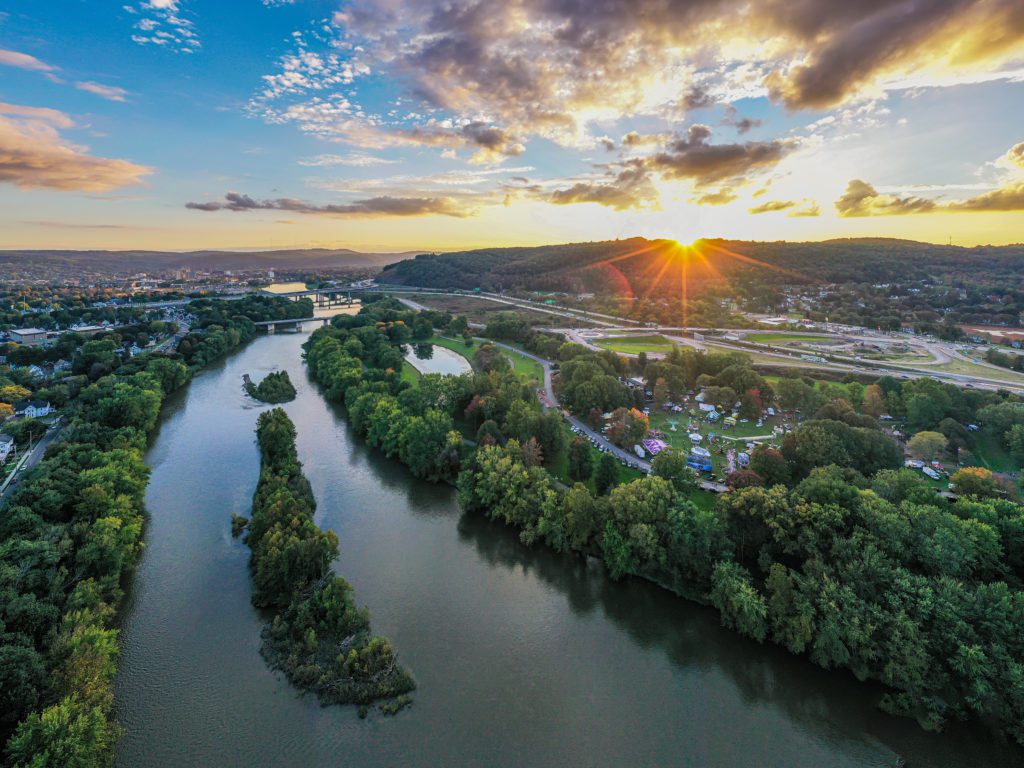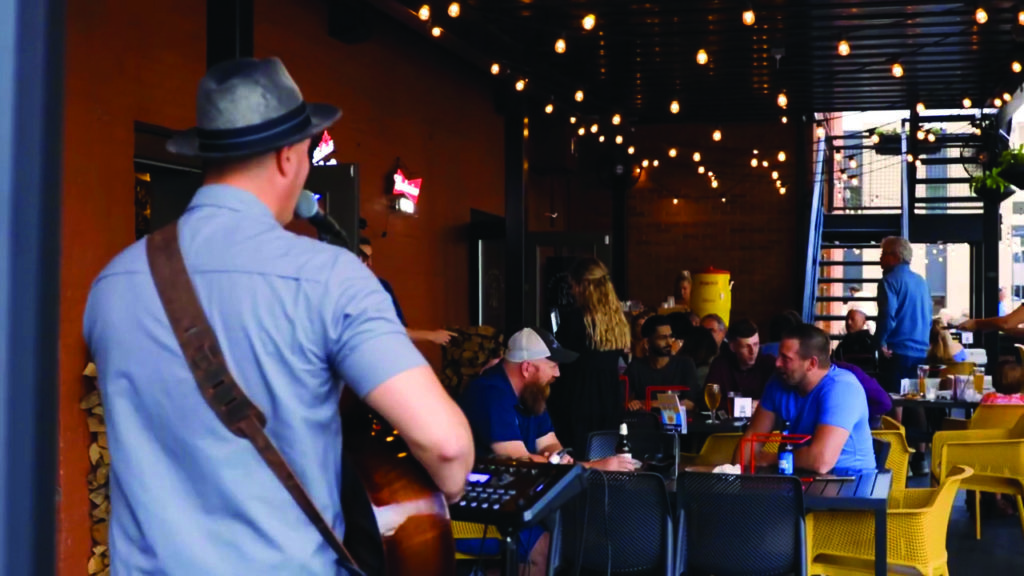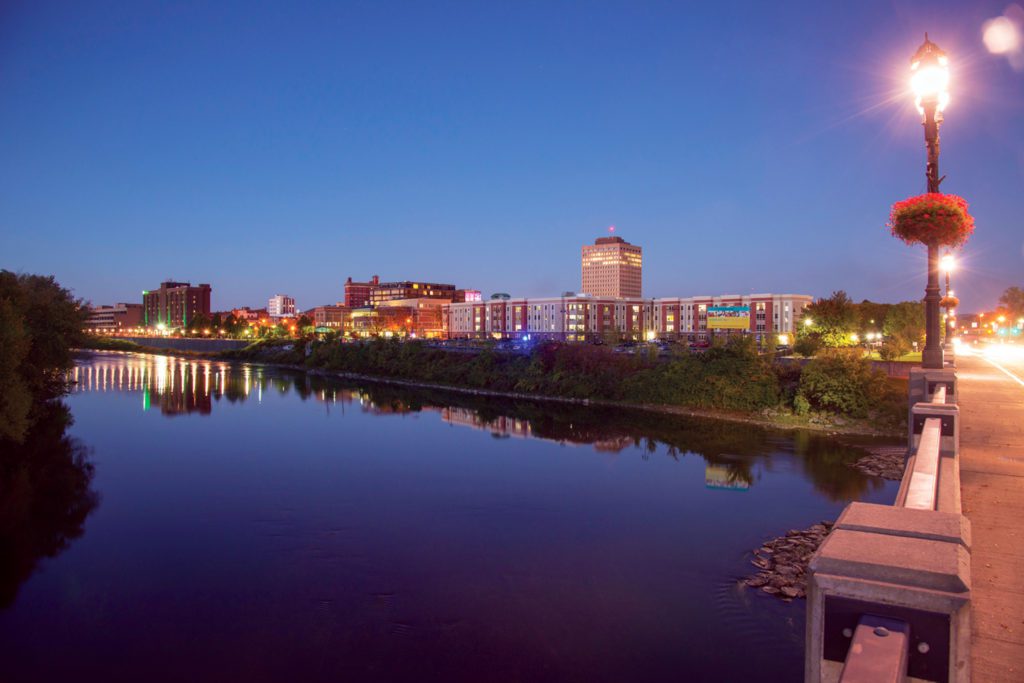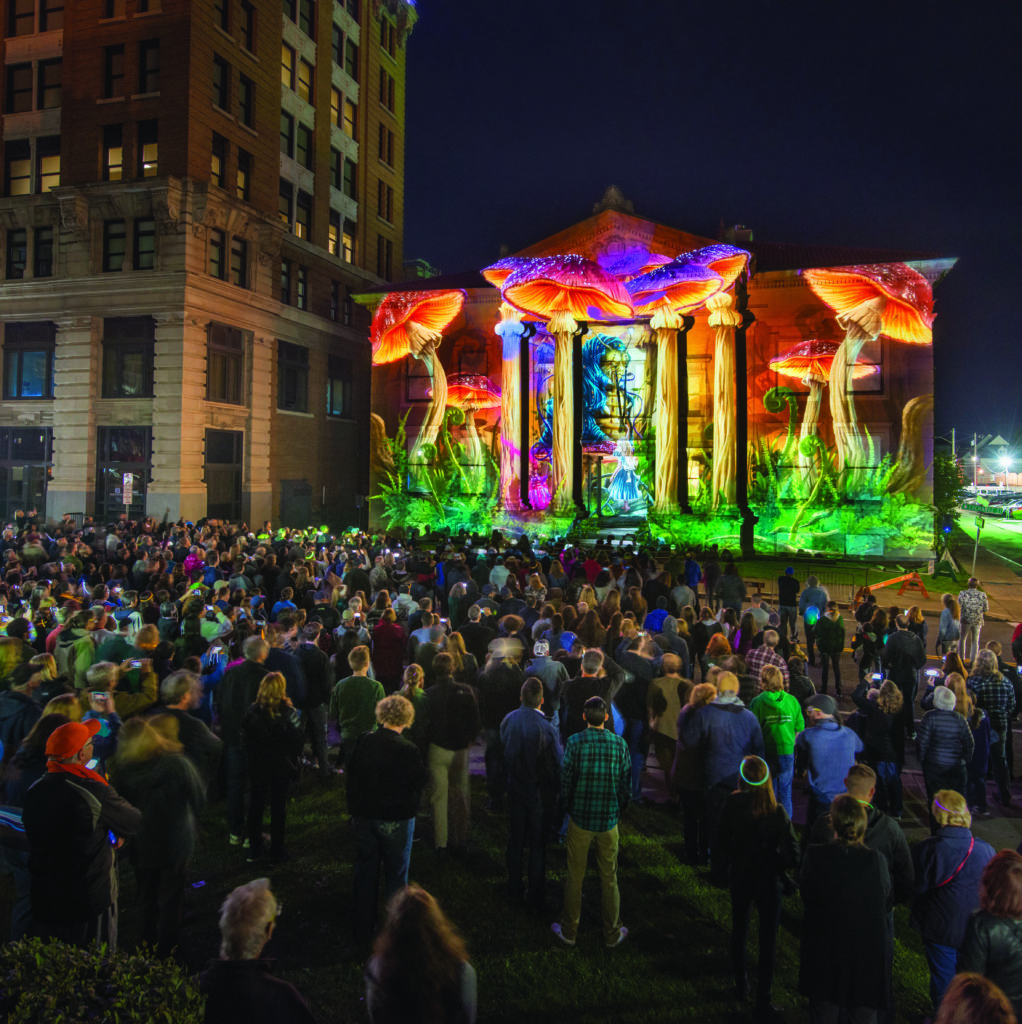A Place That’s Different
Built by historic innovators and fueled by a new class of creative visionaries, the Greater Binghamton communities are filled with rich history and unique experiences. We’re not just a destination. We’re an ongoing story you can be a part of. We’re not just a vacation. We’re a city to be explored. History is a big part of the experience here, but not in the museum sense. Greater Binghamton is not a collection of artifacts or a reflection of “the way things were.” This is the way things are. Now.
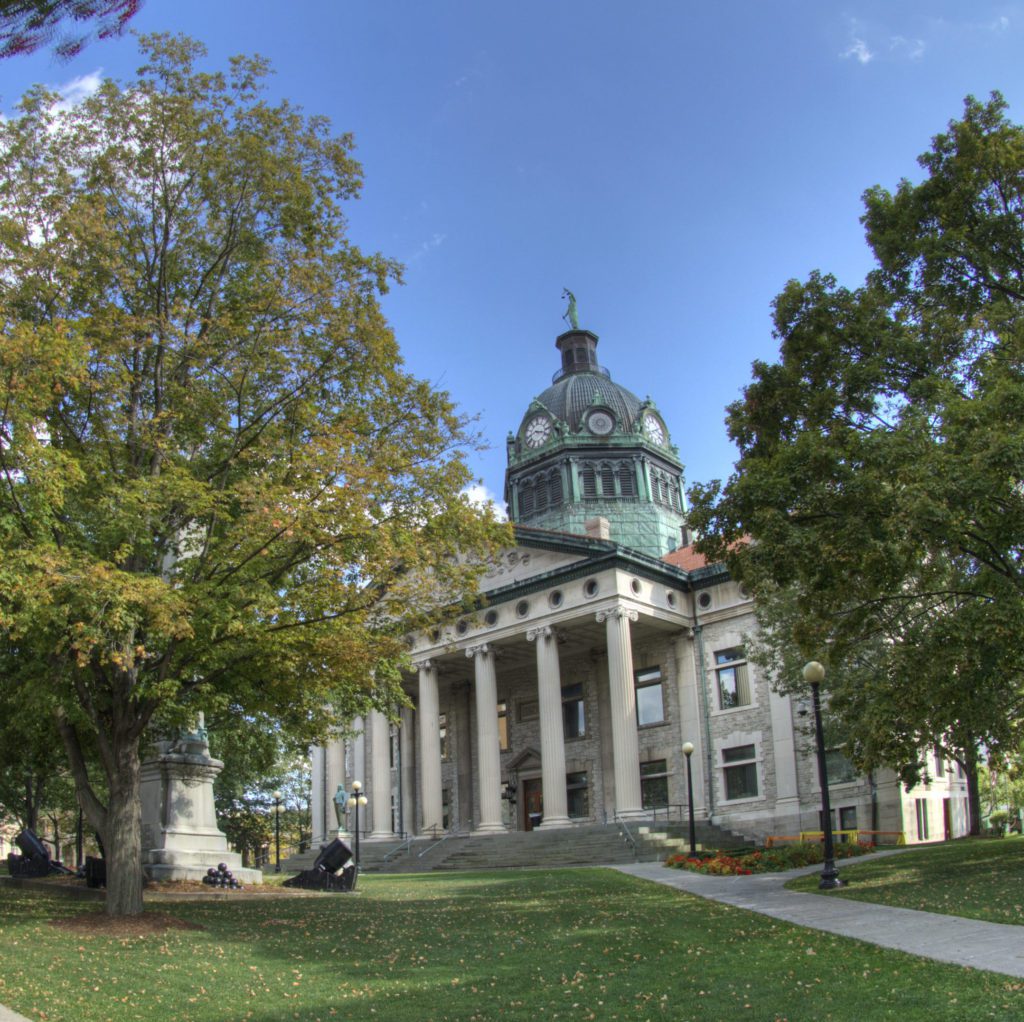
It’s true that history has been both generous and unkind here in the three cornerstone communities that make up Greater Binghamton. A new generation is embracing the gifts of the past, reimagining faded spaces, reviving culture and reinventing what a visit to Binghamton is.
This is a place, after all, where industrial ingenuity produced more than cigars, shoes or computers. These are the kinds of communities where a punch clock manufacturer becomes a part of the world’s largest technology company, a piano and organ maker pioneers virtual reality or a creative kid leaps ahead of his time to create one of the most iconic television programs in history.
This has always been fertile ground for forward-thinking. And the bones, the story, help continue that tradition. Binghamton is the place where two major rivers – the Chenango and Susquehanna – meet, which was a key feature of its birth. The ideas began flowing from there.
The 97-mile Chenango Canal was the first of its kind in the country, built shortly after the famed Erie and responsible for few new techniques that revolutionized waterway construction. Binghamton, with its watery connection to the Erie Canal and rail service to New York City, quickly grew into the “Valley of Opportunity” in the mid- to late-1800s.
Factories brought a flood of blue-collar immigrants as well as blue bloods who hung the “Parlor City” moniker on the town in reference to their elaborate estates. Binghamton, Endicott and Johnson City – the “Triple Cities” – sustained economic prosperity for more than a century, producing plenty of modern treasures in the process.
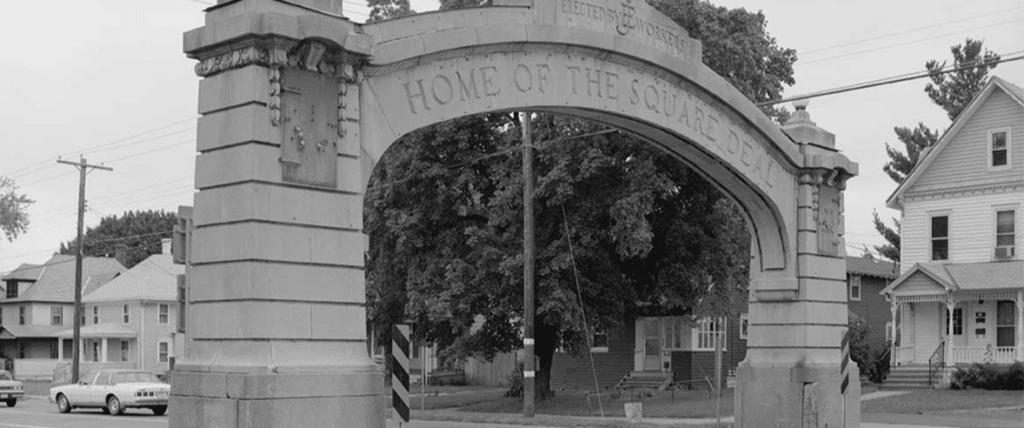
These are gifts like the impressive architecture sponsored by Willis Kilmer, one of the America’s wealthiest men in his day. Henry B. Endicott and George F. Johnson of the Endicott-Johnson Shoe Co. essentially built every aspect their communities then named them – Endicott and Johnson City – for themselves. Two of the four companies – International Time Recording and Bundy Manufacturing – that would become International Business Machines (IBM) are Binghamton originals that kept people and ideas flowing into the area for decades.
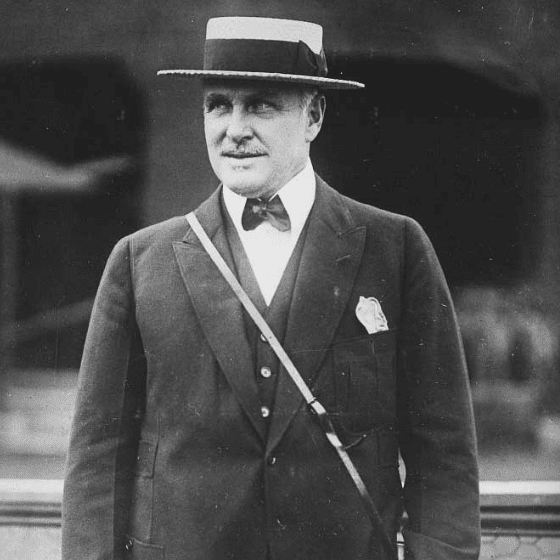
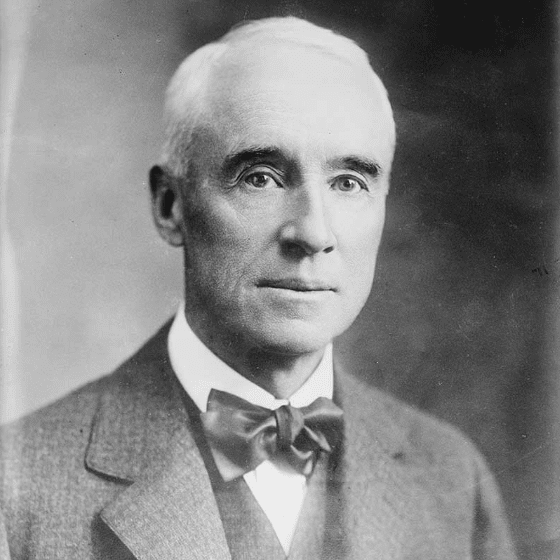
It’s true they all went away. And for a long time, we didn’t want to talk about it. But, now the tone of the conversation has changed. Now, Greater Binghamton is something to see again – in art galleries, at restaurants, outdoors. It’s a place to shop, eat, drink, enjoy and appreciate thanks to the current characters driving a new arc in the Binghamton story.
You can stand at Confluence Park and marvel at the rivers. You can walk down the former Chenango Canal – State Street – and see some of the most creative art in the country on what is nicknamed Artists’ Row. On Washington Street, you can grab a taco in an old auto shop. Just a little ways further, the busy aura of the second largest cigar producer in the country still pulses at the Lost Dog Cafe.
Everything is close. It’s basically 10 minutes to everywhere in the Triple Cities. And from world-class performances and professional sports to fine dining and signature spiedies sandwiches, it’s incredibly affordable.
It’s true this is a blue-collar town. And it’s that heritage that makes the culture so unique. When immigrants flocked to the factories, they brought their culinary traditions and cultural tastes with them. Like that innovative spirit, those never left.
People like Johnson built parks, theaters and even houses to keep his diverse workforce humming. Legendary IBM leader Thomas J. Watson continued that tradition with recreational amenities like the company’s retreat and training center that is now Traditions at the Glen.
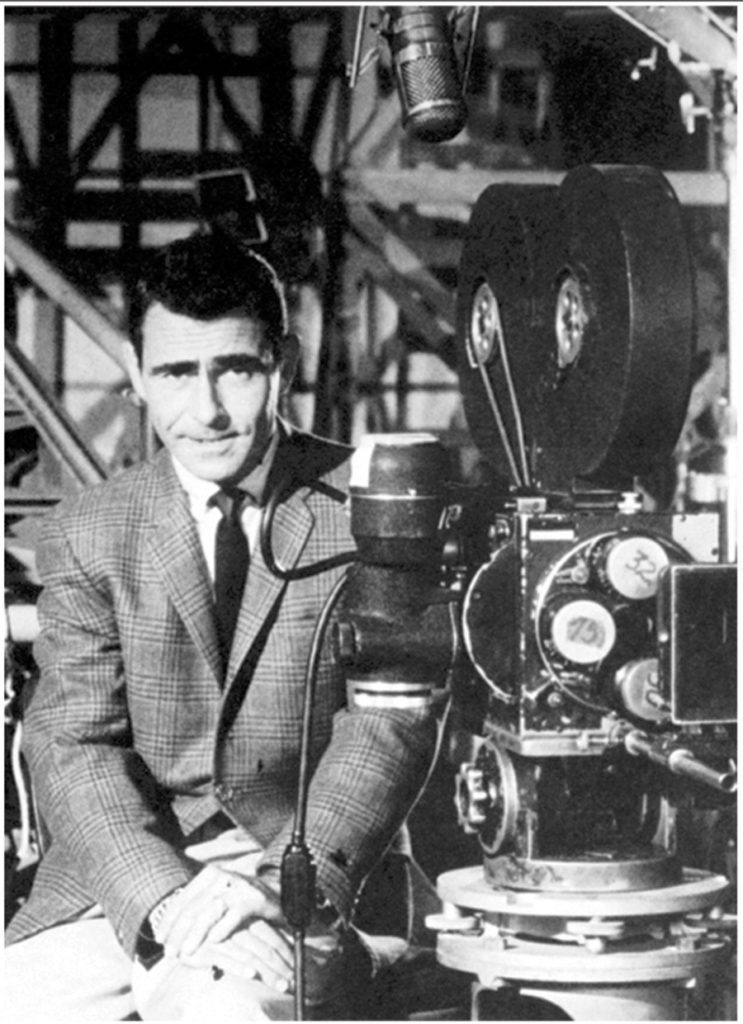
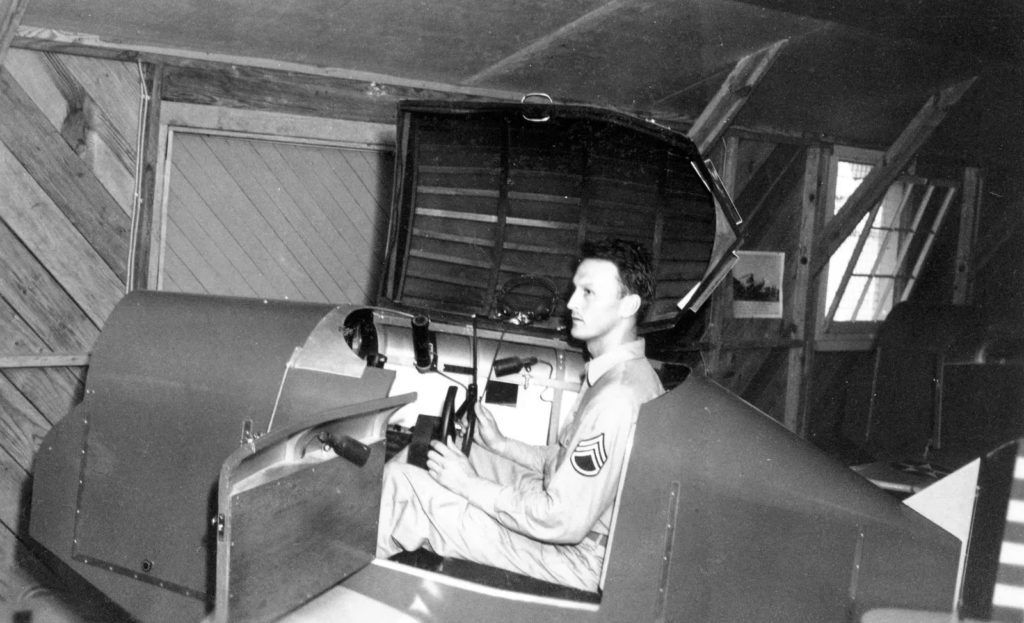
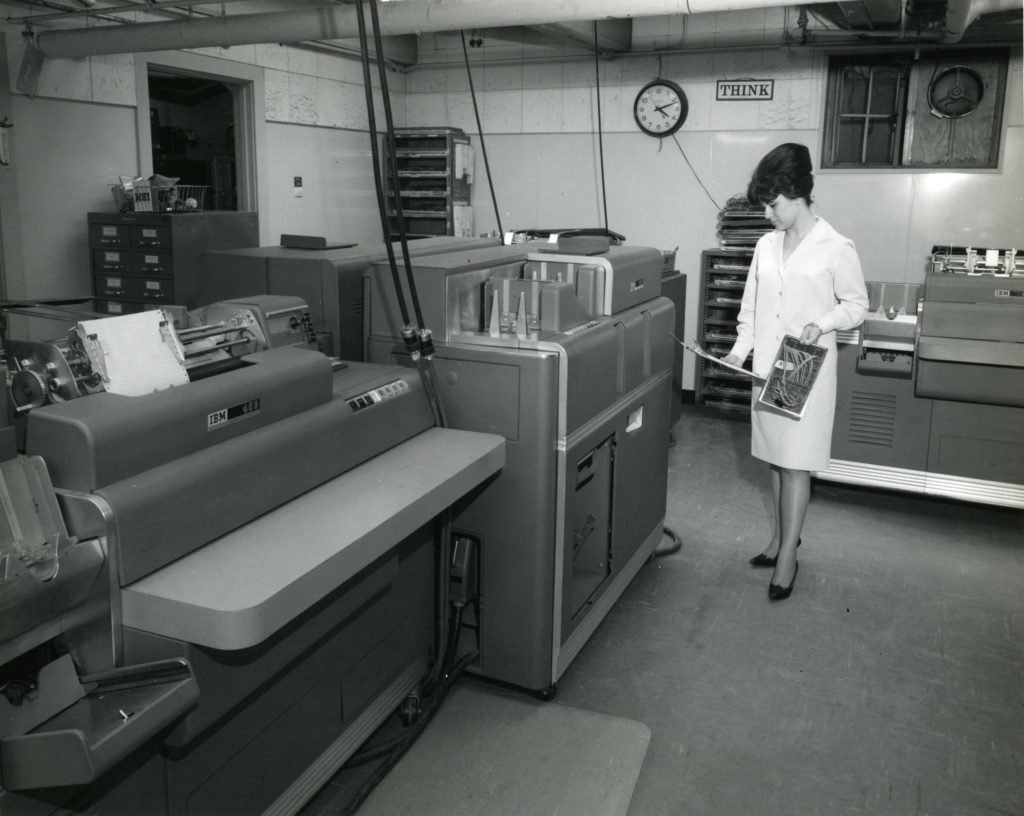
It was this convergence of ideas and people that inspired citizens like Rod Serling to create “The Twilight Zone” and Ed Link of the family-owned Link Piano and Organ Co. to engineer the first flight simulator, considered a forefather to virtual reality. It’s this kind of vision making Greater Binghamton worthy of a visit today, whether uncovering hidden gems on Antique Row or tapping into your own creative side at a ceramic bar that happens to live in a 150-year-old canal-era warehouse.
In Endicott’s Little Italy, you can eat in what could easily be the setting for a mobster flick. At Johnson City’s Firehouse Stage, you can experience an intimate cabaret performance destined for national prominence. Then go pick some apples. Or visit a world-famous animal park. Ride an antique carousel.
Just walking around town or among the scenic outdoors that surround us will amaze and entertain. No longer the Valley of Opportunity nor the Parlor City, the modern name for our main character might be the City of __________. That’s because you decide what makes Greater Binghamton great.
Binghamton is a place that’s different, an eclectic location where a creative class of forward-thinkers embraces the roots as a destination for innovators. We challenge you to take your own journey, make your own discoveries and write your own chapter. We invite you to be part of our story.
